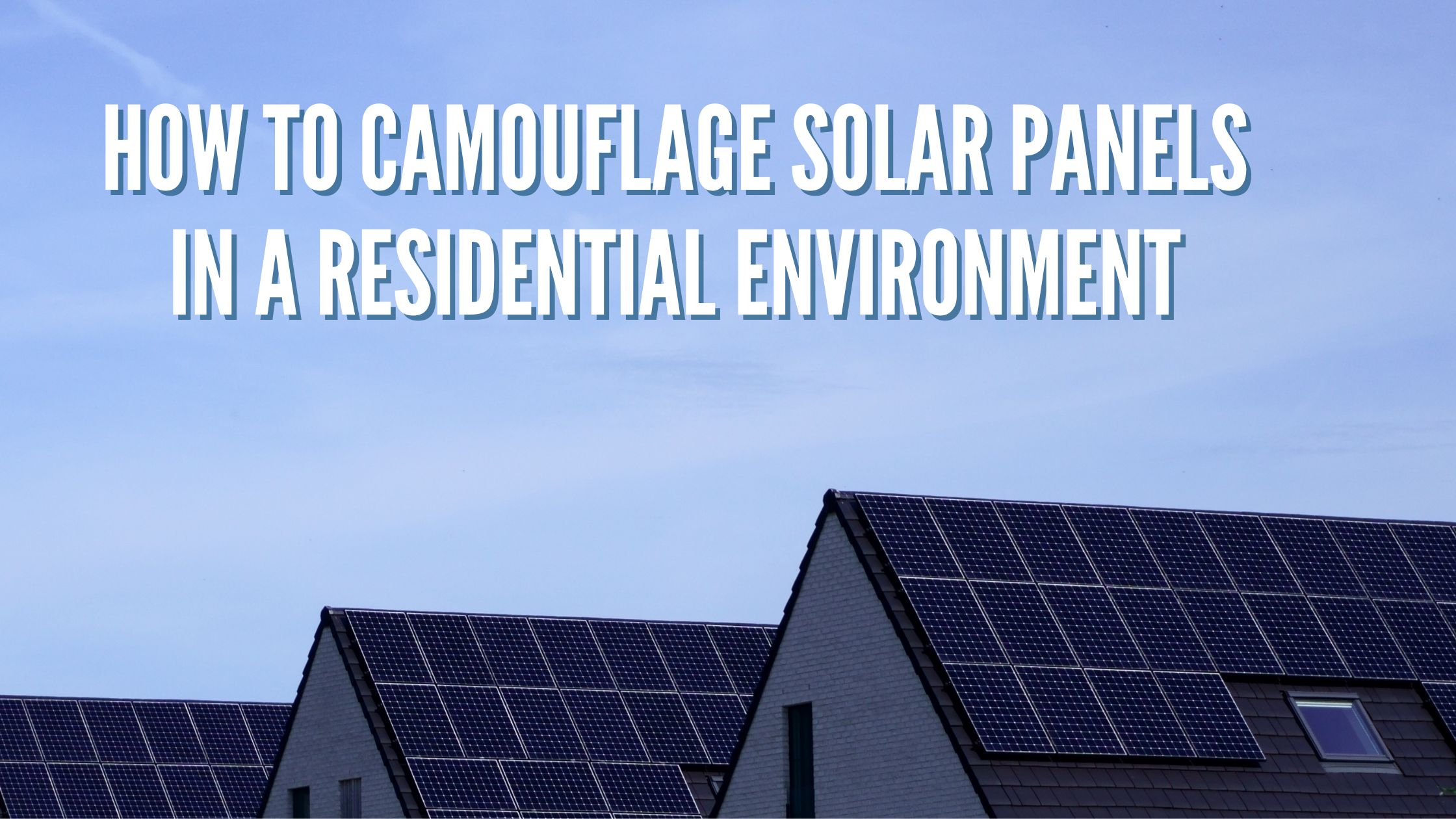When homeowners are first approached about putting solar panels on their house, a number of concerns inevitably pop up, ranging from cost to installation to the appearance on an otherwise unblemished roof. While the first two obstacles are becoming easier by the day, with a bit of advance planning, your solar panels can be made practically invisible from all but the planes passing overhead.
Perhaps the most obvious route to integrating your solar cells with the natural world is to surround them with existing foliage, while maintaining sun exposure. Consider installing them near the tops of trees or shrubs in the backyard, facing away from the street.
The cardinal direction of the street as it relates to your house can also make a difference. For maximum sun exposure, solar panels should face south, so if this happens to be the side away from the road, none but the neighbors behind you will see your panels. Also consider using a secondary part of your roof, such as the garage roof, that may be in a more discreet location.
Another option, recommended by the experts at Solar Power Authority, is to use solar enabled native building materials, such as solar shingles, instead of external panels on the roof of your house. Because solar shingles are specifically designed to blend in with a roof as normal shingles would, they do not stand out in the same way.
Solar lights are also an option for those interested in using solar power on a smaller scale. Because outdoor lamps often draw large amounts of power, this can result in significant savings. These too are often designed to blend in like a conventional lamp would, with the panels hidden directly on the top.
One recent technological innovation makes hiding solar cells significantly easier. According to Swiss research firm CSEM, cells can now be made without a visible gap, meaning that they can be dyed a pure color or whatever the natural color of their environment. Previously, it was thought that they needed a "join" in between cells connected in series. In practical terms, solar panels can now be built into walls and roofs alike, while remaining indistinguishable from the structure around them.
When evaluating the best possible place to install your solar panels, it is important to keep perspective on the necessity of hiding them. After all, we once considered power lines an insufferable eyesore, and today we kvetch about the cell phone towers with comically obvious fake branches running down their telephone pole-shaped trunk. Your solar panels can blend in with the environment of your home much more seamlessly, and with all the environmental benefits of the trees they mimic.
Author Bio: Jessica Frazier is a longtime environmental junkie and mind behind SolarPowerAuthority.com When she's not learning and blogging about solar products, she's studying Environmental Engineering at Cal Poly Pomona.
Img: Comfortable Home Design


